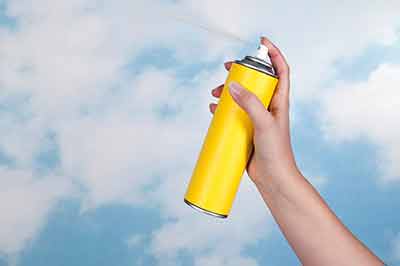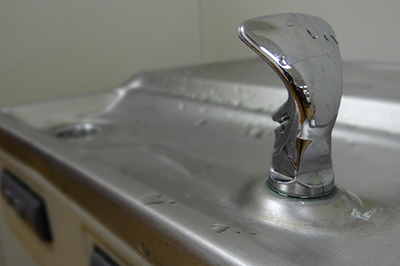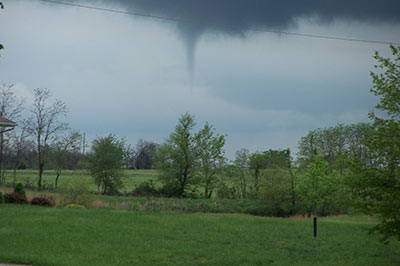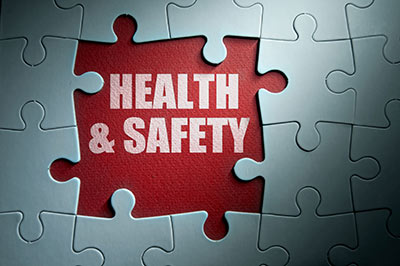Center for Disease Control (CDC), 2014
Drinking water can contribute to good health, and schools are in a unique position to promote healthy, dietary behaviors, including drinking water. More than 95% of children and adolescents are enrolled in schools, and students typically spend at least 6 hours at school each day. Ensuring that students have access to safe, free drinking water throughout the school environment gives them a healthy alternative to sugar-sweetened beverages before, during, and after school. Access to safe, free drinking water helps to increase students’ overall water consumption, maintain hydration, and reduce energy intake, if substituted for sugar-sweetened beverages. In addition, adequate hydration may improve cognitive function among children and adolescents, which is important for learning. Drinking water, if fluoridated, also plays a role in preventing dental caries (cavities).
View Report









